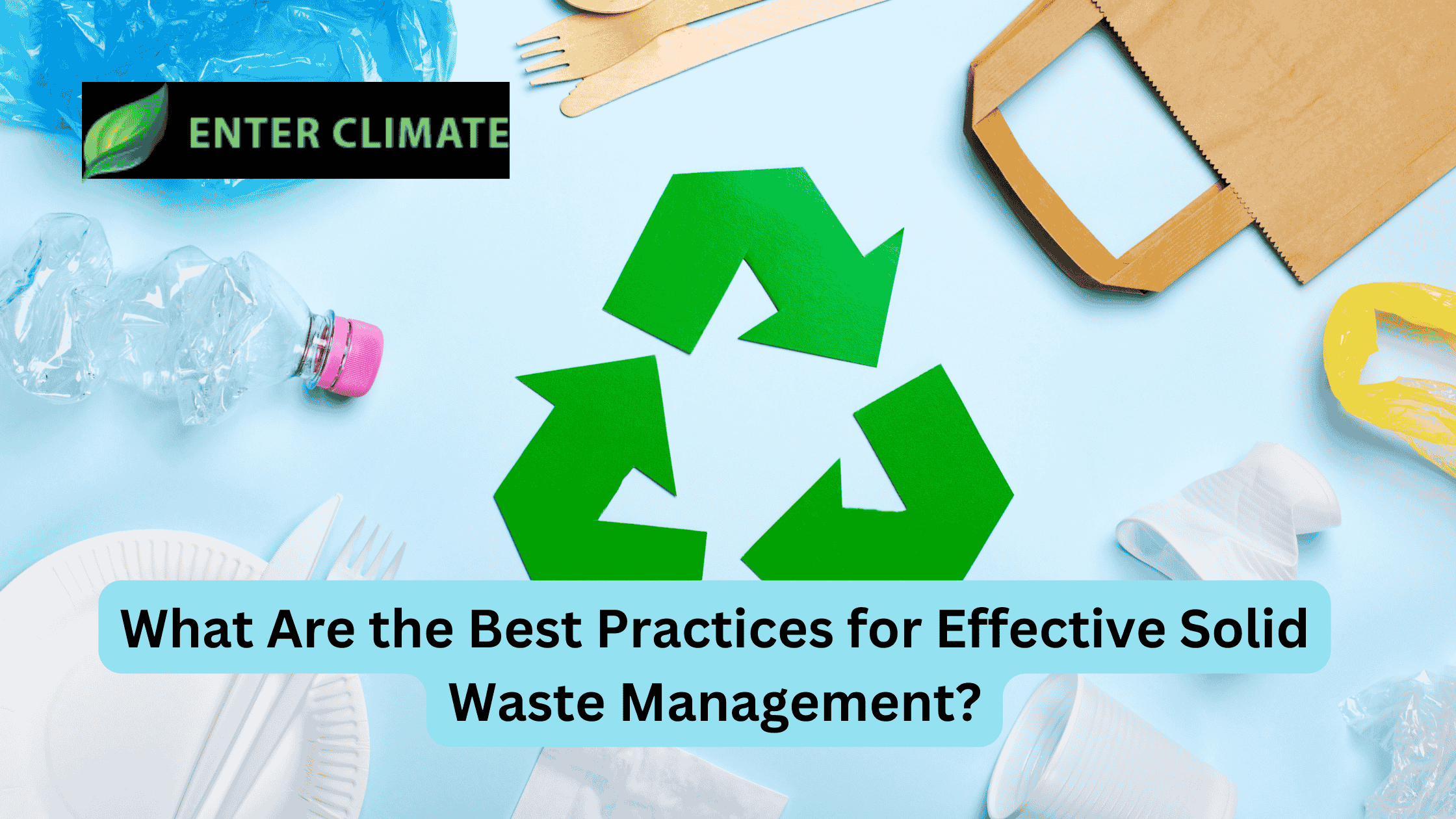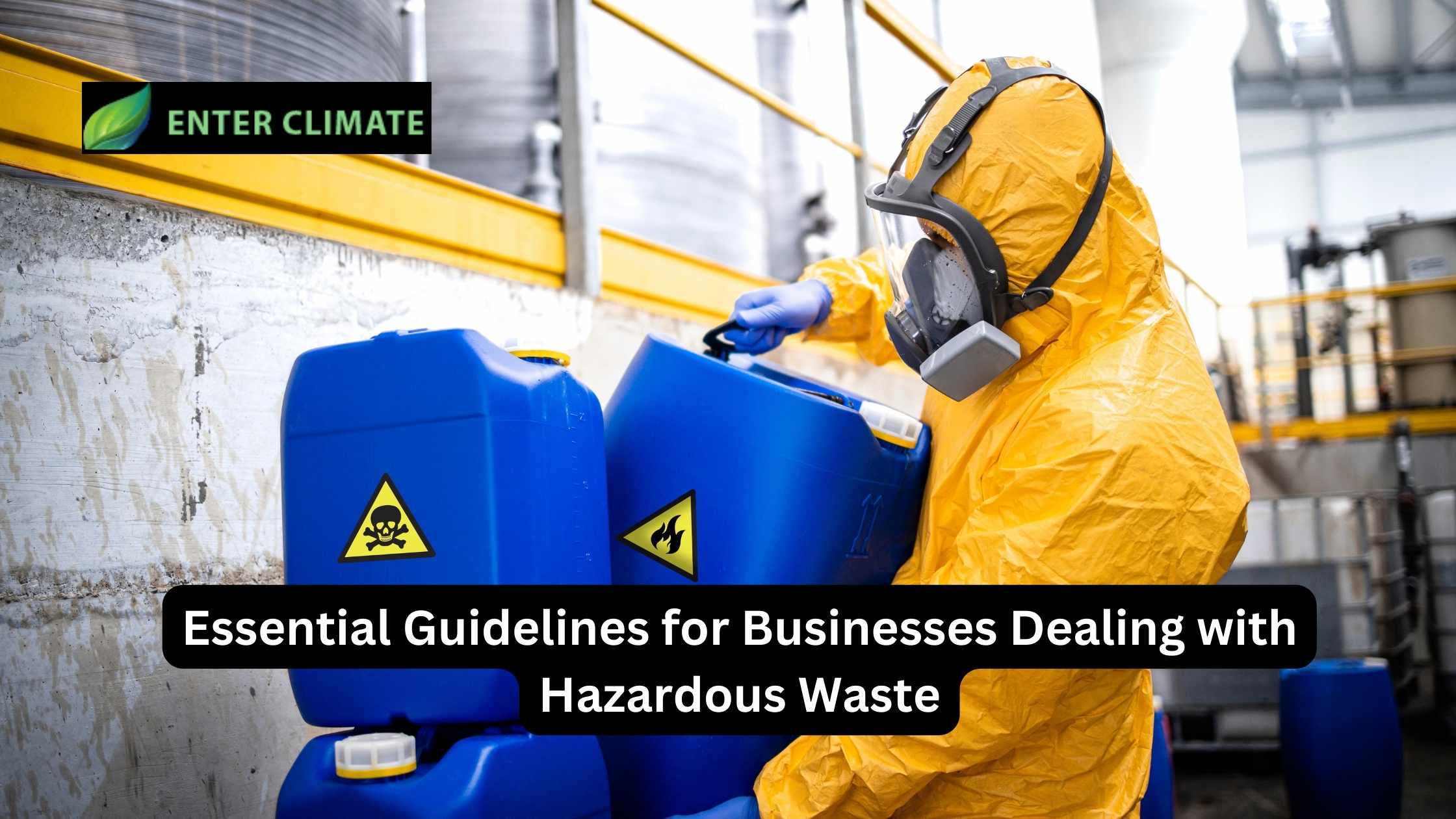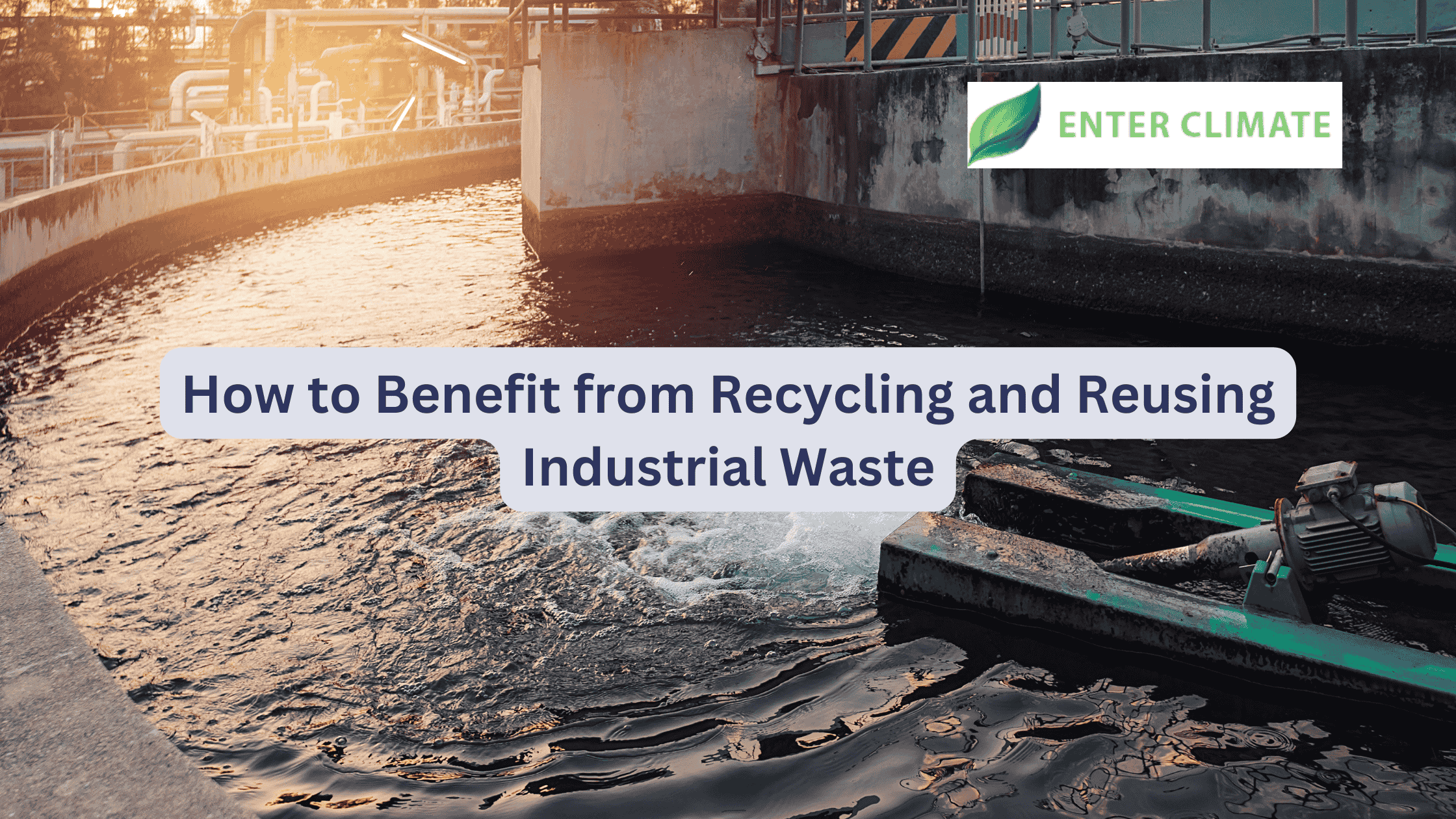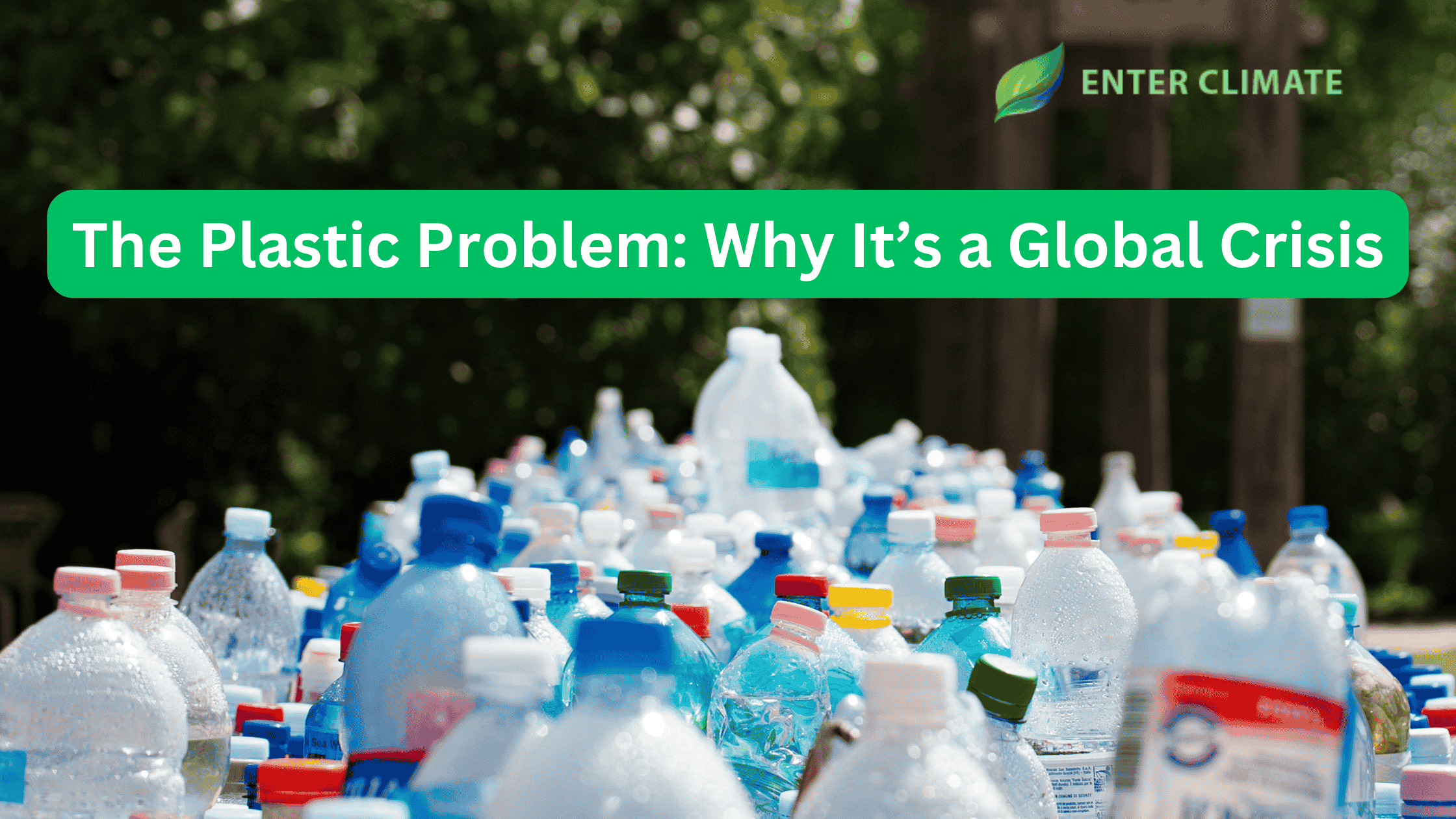What Are the Best Practices for Effective Solid Waste Management?

Strong8k brings an ultra-HD IPTV experience to your living room and your pocket.
Effective solid waste management is essential for maintaining the health and well-being of communities, protecting the environment, and promoting sustainability. As our population grows, particularly in urban areas, the volume of waste generated continues to increase. In India, this is a major concern due to the rapid urbanization, increased consumerism, and the lack of adequate waste management infrastructure in many areas. The good news is that we can adopt several best practices that can significantly improve solid waste management in our cities, towns, and villages. In this blog, we will explore the best practices for effective solid waste management that can be applied at the individual, community, and governmental levels.
1. Waste Segregation at Source
One of the most critical best practices for effective solid waste management is waste segregation at the source. When we separate biodegradable waste, non-biodegradable waste, and recyclable materials from the outset, it becomes easier to manage, recycle, and dispose of waste efficiently. In India, a large portion of waste is mixed at the point of collection, which complicates recycling efforts and increases landfill usage.
We, as individuals and communities, can take a step towards improving waste management by segregating waste into the following categories:
- Biodegradable waste: Kitchen waste, garden waste, and other organic materials.
- Non-biodegradable waste: Plastic, glass, metal, and other non-recyclable materials.
- Recyclable materials: Paper, cardboard, plastic bottles, cans, and other recyclable items.
By ensuring proper waste segregation at the household and community level, we make it easier for waste management authorities to collect and process recyclable materials separately, thus reducing the pressure on landfills and enabling more effective recycling.
2. Promoting Waste Minimization
The first step in solid waste management is reducing the amount of waste we generate. Waste minimization involves reducing the volume of waste produced through sustainable consumption practices. We can minimize waste by:
- Adopting a minimalist lifestyle: By purchasing only what is necessary and avoiding over-packaged products, we can significantly reduce the waste we generate.
- Opting for reusable products: By using reusable shopping bags, water bottles, and containers, we can reduce the need for single-use plastics, which are one of the most harmful contributors to waste.
- Avoiding disposable products: Whenever possible, we should avoid products that are used once and discarded, such as plastic cutlery, straws, and disposable cups. These products often end up in landfills and pollute the environment.
By practicing waste minimization, we reduce the burden on waste management systems and contribute to a cleaner, greener environment.
3. Composting Organic Waste
Organic waste, including food scraps and garden waste, accounts for a large portion of the waste generated in households. Instead of sending it to landfills, we can compost this organic material to produce nutrient-rich compost that can be used to enrich soil in gardens or farms. Composting is a natural process that helps break down organic matter and reduces the need for landfills.
There are several ways to compost at home, including:
- Vermicomposting: Using worms to break down organic matter into compost.
- Pit composting: Digging a pit in your backyard to pile organic waste and let it decompose naturally.
- Bin composting: Using a composting bin to manage and speed up the composting process.
By composting organic waste, we can divert a significant amount of waste from landfills and reduce methane emissions, which are produced when organic matter decomposes in landfills.
4. Recycling and Upcycling
Recycling is a cornerstone of solid waste management. Materials like paper, plastic, metal, and glass can be reused and processed into new products, thus reducing the need for raw materials and conserving natural resources. To encourage recycling, we must ensure that recyclable materials are separated and sent to appropriate recycling centers.
However, recycling alone is not enough. Upcycling, or the process of repurposing waste materials into new and creative products, is equally important. For instance, old glass bottles can be turned into decorative items, and discarded clothes can be repurposed into useful fabric. Upcycling helps reduce the amount of waste that ends up in landfills and encourages creativity and resourcefulness.
To make recycling more effective, we need to:
- Educate communities about the importance of recycling and how to separate materials correctly.
- Encourage businesses to use recycled materials in production and packaging.
- Ensure proper recycling infrastructure is in place to handle the growing volume of waste.
5. Effective Waste Collection and Transportation Systems
Waste collection is a critical aspect of solid waste management. To make waste collection more efficient, local authorities need to implement an organized and timely system. In many urban areas, waste collection is often irregular or inconsistent, leading to piles of garbage on the streets, which can cause health hazards, block drains, and create an eyesore.
To improve waste collection, local governments must:
- Implement door-to-door waste collection services to ensure that waste is collected regularly and segregated properly at the source.
- Establish designated waste collection points in neighborhoods where residents can drop off segregated waste.
- Use modern waste transportation vehicles that minimize spillage and prevent the spread of diseases.
Additionally, waste collection systems should be designed to cater to both urban and rural populations, ensuring that all areas have access to efficient waste management services.
6. Public Awareness and Community Participation
For solid waste management to be successful, public awareness and community participation are essential. In India, where many people still lack a basic understanding of the importance of waste segregation and recycling, education and awareness campaigns are crucial. These campaigns can be carried out by government agencies, non-profit organizations, schools, and local communities.
We must actively engage communities in waste management efforts by:
- Conducting awareness programs in schools, colleges, and workplaces to educate people about waste segregation, recycling, and sustainable practices.
- Organizing community clean-up drives and encouraging residents to participate in maintaining cleanliness.
- Promoting eco-friendly alternatives to single-use plastics and encouraging responsible consumption.
Community participation not only helps in effective waste management but also fosters a sense of responsibility among citizens to take care of their surroundings.
Conclusion
Effective solid waste management is a complex task, but it is achievable with the right practices in place. By segregating waste at the source, minimizing waste generation, composting organic waste, promoting recycling and upcycling, improving waste collection systems, and raising public awareness, we can significantly reduce the environmental impact of waste. It is essential that we all play our part in managing solid waste responsibly to create a cleaner, healthier, and more sustainable environment for ourselves and future generations.
FAQs
1. What is the importance of waste segregation in solid waste management?
Waste segregation helps in efficiently recycling materials, reducing landfill waste, and making waste processing easier and more effective.
2. How can I reduce my household waste?
You can reduce household waste by purchasing products with minimal packaging, using reusable items, and composting organic waste.
3. How does composting help in solid waste management?
Composting diverts organic waste from landfills, reduces methane emissions, and creates nutrient-rich compost that can be used to enrich soil.
Note: IndiBlogHub features both user-submitted and editorial content. We do not verify third-party contributions. Read our Disclaimer and Privacy Policyfor details.






